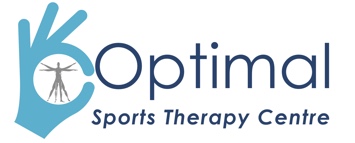This website uses cookies so that we can provide you with the best user experience possible. Cookie information is stored in your browser and performs functions such as recognising you when you return to our website and helping our team to understand which sections of the website you find most interesting and useful. Please see our Privacy Policy.

What is Sports Therapy?
Sports Therapy is a profession dealing with body movement and physical health. In other countries such as Canada and USA, they are known as Physical Therapists.
What do Sports Therapists study?
As undergraduates, sports therapists study a wide range of science related subjects including Anatomy, physiology, microbiology, and biomechanics. They also study a number of subjects that deal with injury and disease such as pathology and immunology, and subjects that relate more to human behaviour like psychology. The training is very broad to enable them to treat a variety of problems related to movement and physical health.
Anyone who has difficulty with their mobility would benefit from seeing a Sports Therapist. Whether it is a problem due to a sprained ankle, a stiff or sore back or shoulder, a new hip joint, weak legs due to old age or a lack of fitness after an operation.
What techniques are used?
Sports Therapists use hands on techniques such as manipulation and massage to help restore mobility. They also focus on giving people exercises to help improve strength and stability. Sometimes machines like ultrasound and laser may be used to help heal sprained ligaments or torn muscles but these are always used in conjunction with manual techniques and exercise.
What does the Assessment include?
A visit to a Sports Therapy Centre will consist of an assessment to determine exactly what your problem is, what is causing it and whether there are any contributing factors that need to be addressed in order to sort the problem out once for all. The sports therapist will then discuss their diagnosis with you as well as suggestions for treating the problem. You will be given an estimated time scale for when you should feel better and you will be able to return to normal activities of daily living.
Sports Therapy
If you are unsure whether Sports Therapy can help your problem, email at seb@optimalcentre.co.uk or call 07876351562 to speak directly to the injury specialist.

